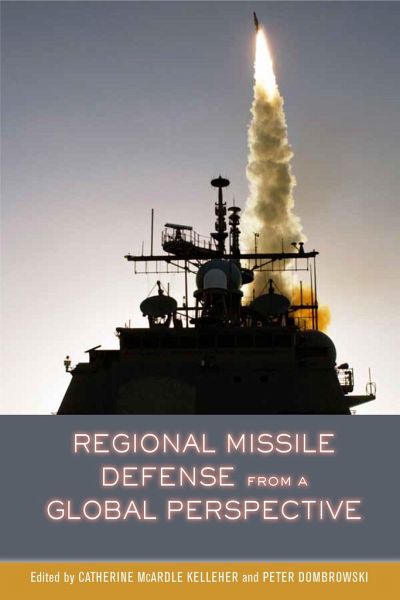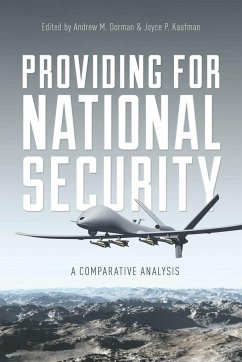
Regional Missile Defense from a Global Perspective
Versandkostenfrei!
Versandfertig in über 4 Wochen
128,99 €
inkl. MwSt.
Weitere Ausgaben:

PAYBACK Punkte
64 °P sammeln!
Regional Missile Defense from a Global Perspective explains the origins, evolution, and implications of the regional approach to missile defense that has emerged since the presidency of George H. W. Bush, and has culminated with the missile defense decisions of President Barack Obama. The Obama administration's overarching concept for American missile defense focuses on developing both a national system of limited ground-based defenses, located in Alaska and California, intended to counter limited intercontinental threats, and regionally-based missile defenses consisting of mobile ground-based...
Regional Missile Defense from a Global Perspective explains the origins, evolution, and implications of the regional approach to missile defense that has emerged since the presidency of George H. W. Bush, and has culminated with the missile defense decisions of President Barack Obama. The Obama administration's overarching concept for American missile defense focuses on developing both a national system of limited ground-based defenses, located in Alaska and California, intended to counter limited intercontinental threats, and regionally-based missile defenses consisting of mobile ground-based technologies like the Patriot PAC-3 system, and sea-based Aegis-equipped destroyer and cruisers. The volume is intended to stimulate renewed debates in strategic studies and public policy circles over the contribution of regional and national missile defense to global security. Written from a range of perspectives by practitioners and academics, the book provides a rich source for understanding the technologies, history, diplomacy, and strategic implications of the gradual evolution of American missile defense plans. Experts and non-experts alike-whether needing to examine the offense-defense tradeoffs anew, to engage with a policy update, or to better understand the debate as it relates to a country or region-will find this book invaluable. While it opens the door to the debates, however, it does not find or offer easy solutions-because they do not exist.












